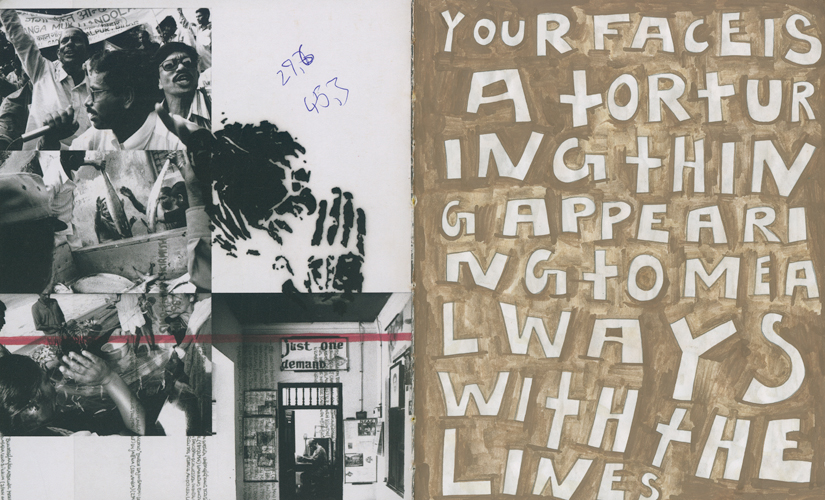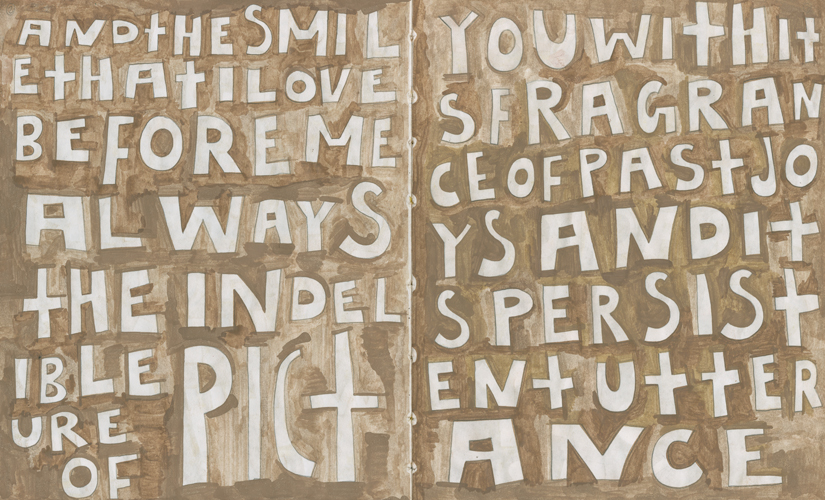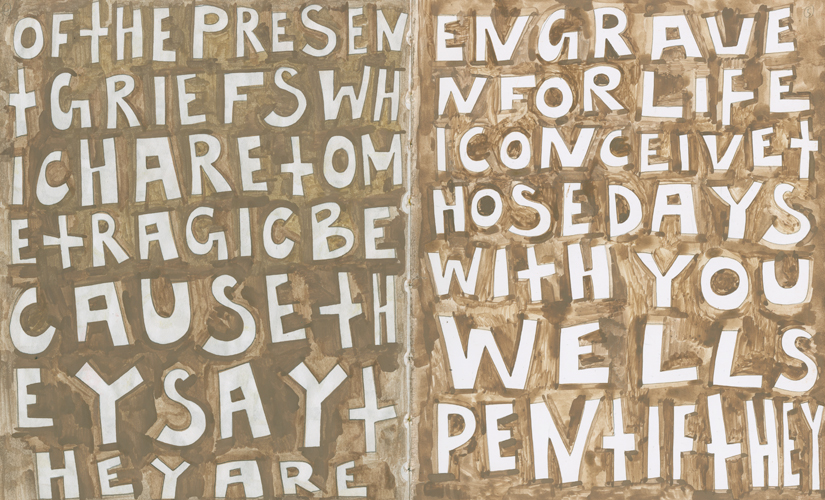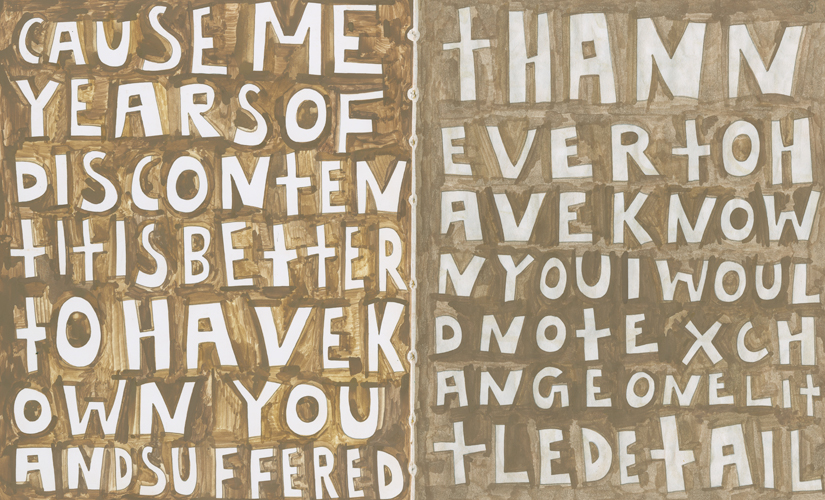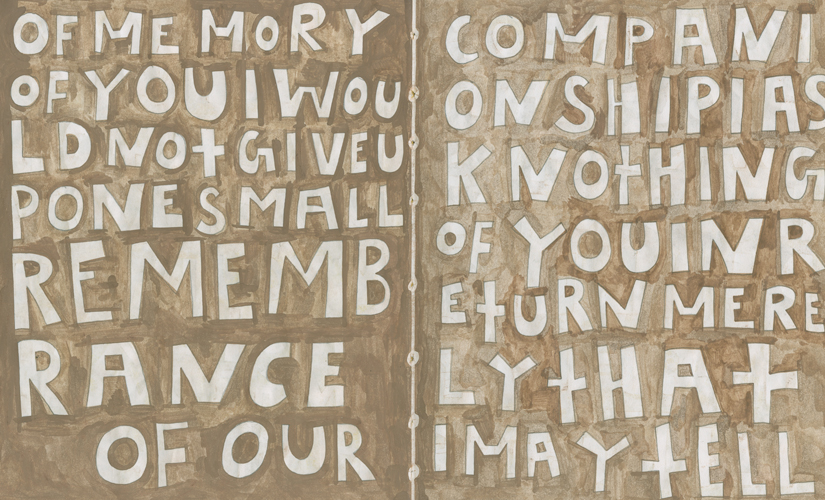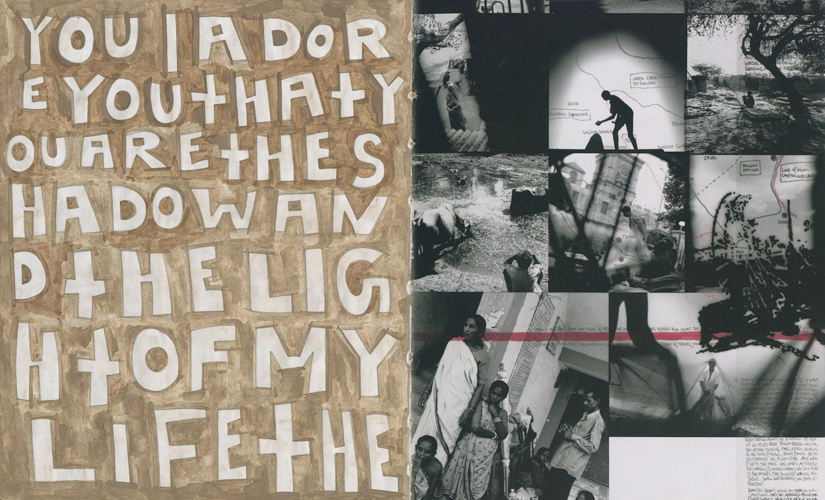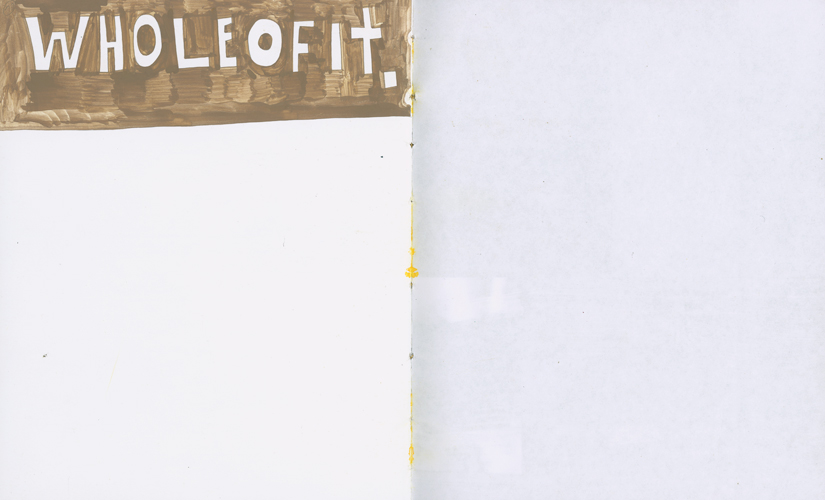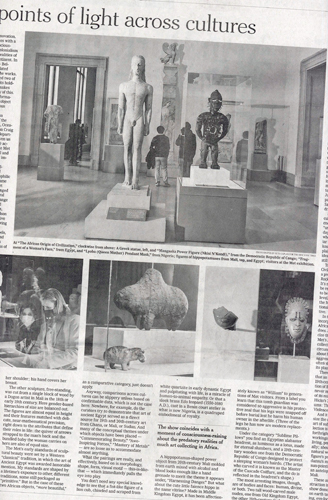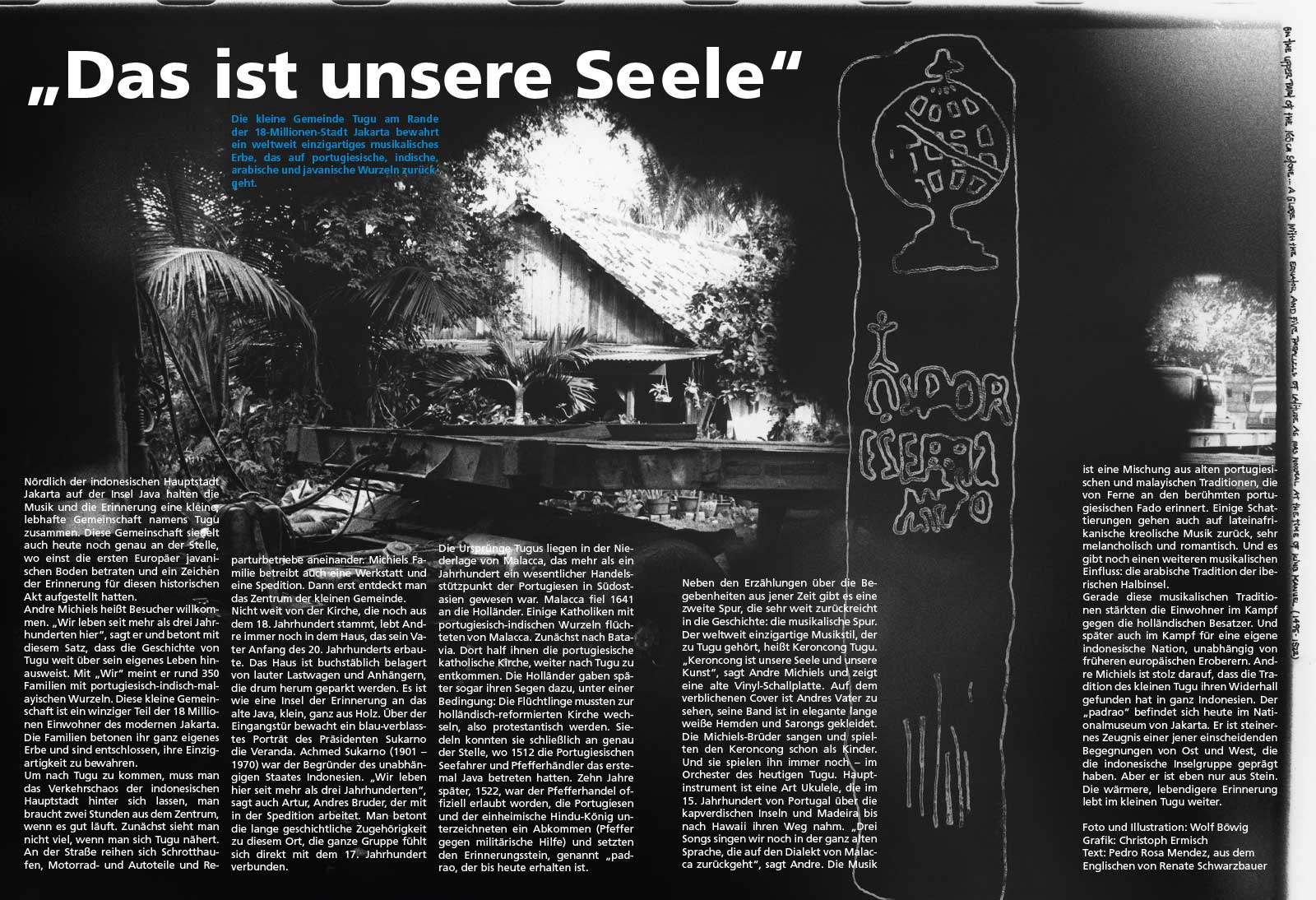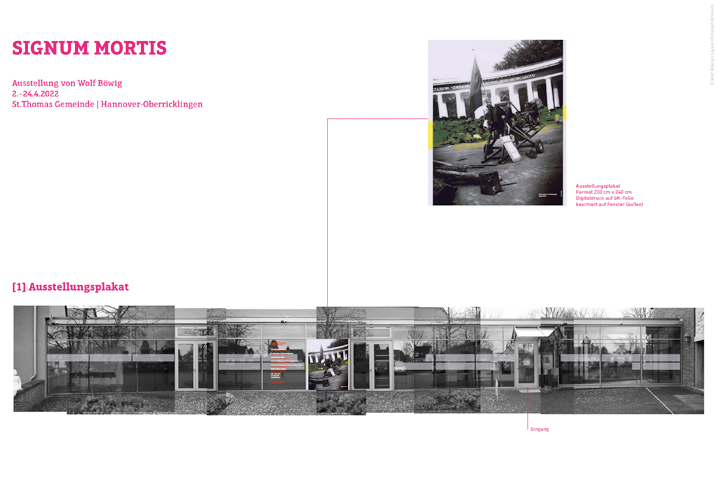
upcoming: SIGNUM MORTIS – St.Thomas Gemeinde
final layout
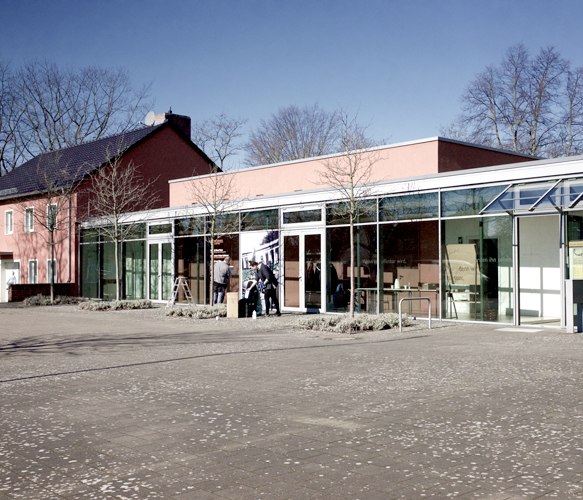
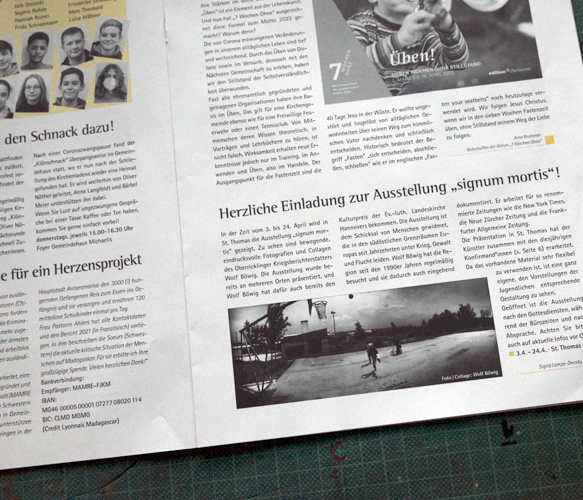
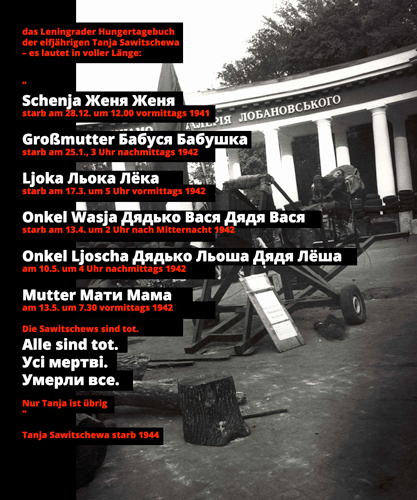
third layout
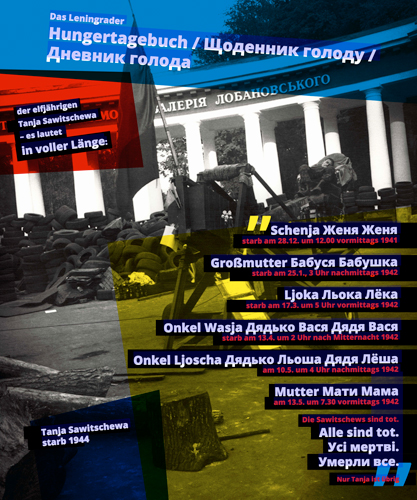
second layout
…aus dem Leningrader Hungertagebuch der elfjährigen Tatjana Sawitschewa – es lautet in voller Länge:
„
Schenja starb am 28. Dezember um 12.00 vormittags 1941
Großmutter starb am 25. Januar, 3 Uhr nachmittags 1942
Ljoka starb am 17. März um 5 Uhr vormittags 1942
Onkel Wasja starb am 13. April um 2 Uhr nach Mitternacht 1942
Onkel Ljoscha am 10. Mai um 4 Uhr nachmittags 1942
Mutter am 13. Mai um 7.30 vormittags 1942
Die Sawitschews sind tot.
Alle sind tot.
Nur Tanja ist übrig
„
Tatjana Sawitschewa starb 1944
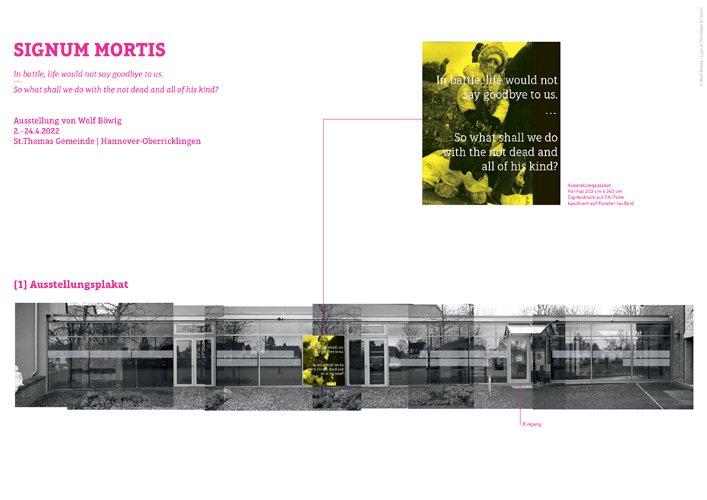
first layout
–
2nd-24th april
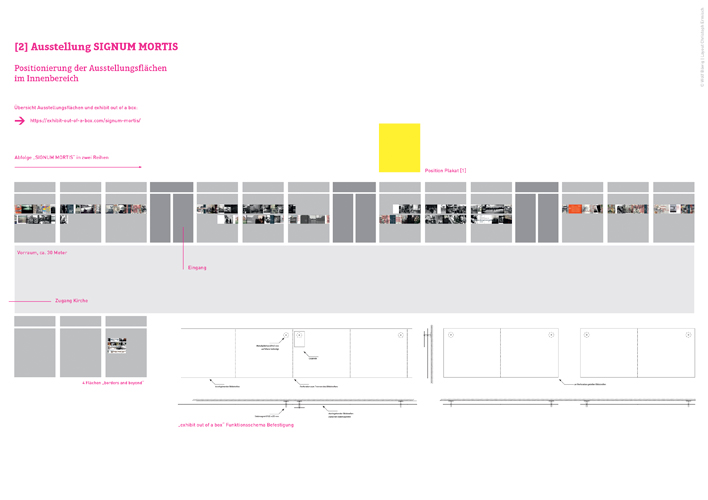
„
In battle, life would not say goodbye to us.
…
So what shall we do with the not dead and all of his kind?
“
Simon Armitage
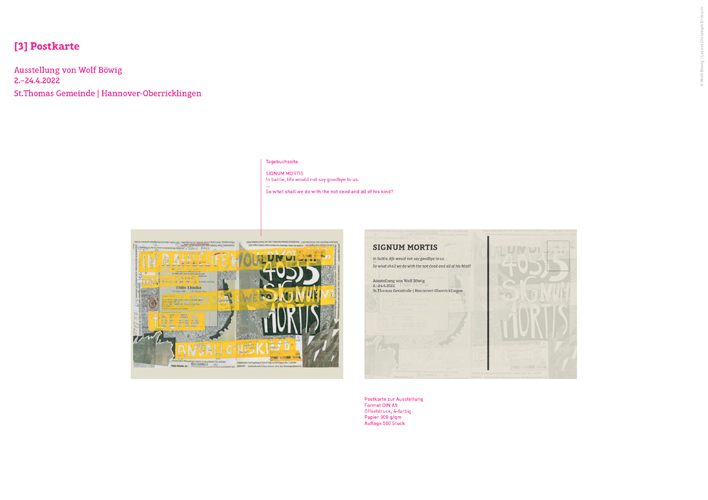
St.Thomas Gemeinde
Wallensteinstraße 32/34
30459 Hannover
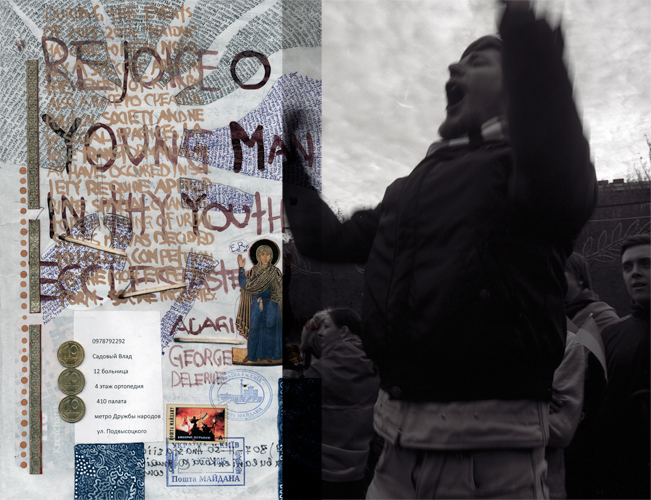
MaidanDonezk14
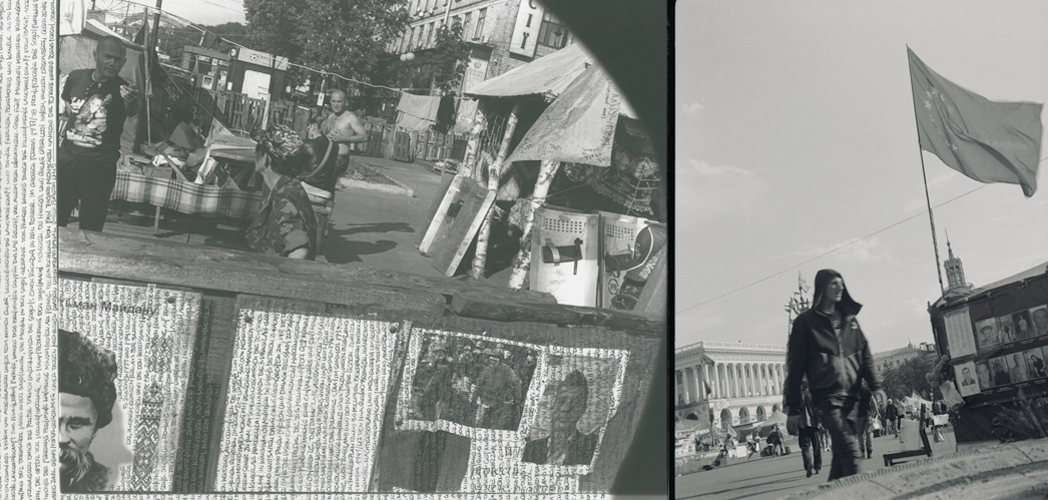
Maidan14
–
Call for a demonstration in support of Ukraine’s independence
and sovereignty
–
Dear Ladies and Gentleman,
the Central Association of Ukrainians in Germany (ZVDU) and Kyiv Dialogue invite you to join the European Day of Solidarity with Ukraine in Berlin. In many capitals and cities of Europe will be held rallies on the global campaign STAND WITH UKRAINE. The international literature festival berlin joins this campaign. Together we call on all interested parties to hold a demonstration in support of Ukraine’s independence and sovereignty. We demand the immediate withdrawal of Russian troops from Ukrainian borders and an end to the threats against Ukraine!
February 19th at 3 pm | Pariser Platz; Berlin
–
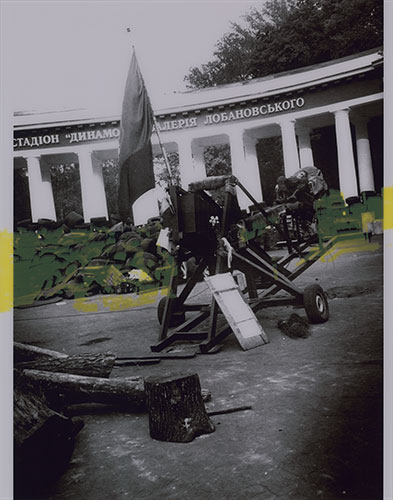
Happy are those who died without ever having had to ask themselves: „If they tear out my fingernails, will I talk?“. But even happier are others, barely out of their childhood, who have not had to ask themselves that other question: „If my friends, fellow soldiers, and leaders tear out an enemy’s fingernails in my presence, what will I do?“
Jean Paul Sartre
Maidan14|22
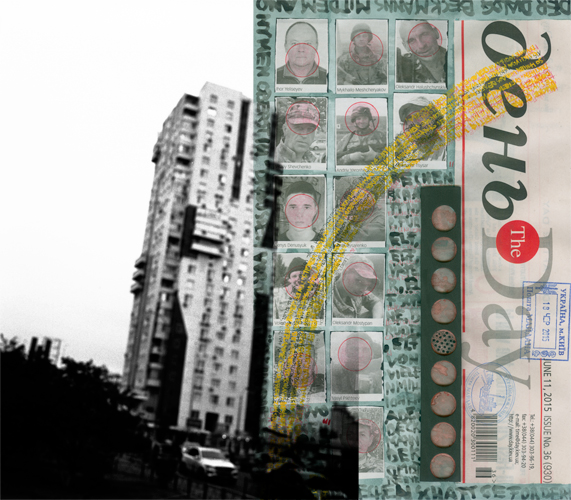
Donezk14|15
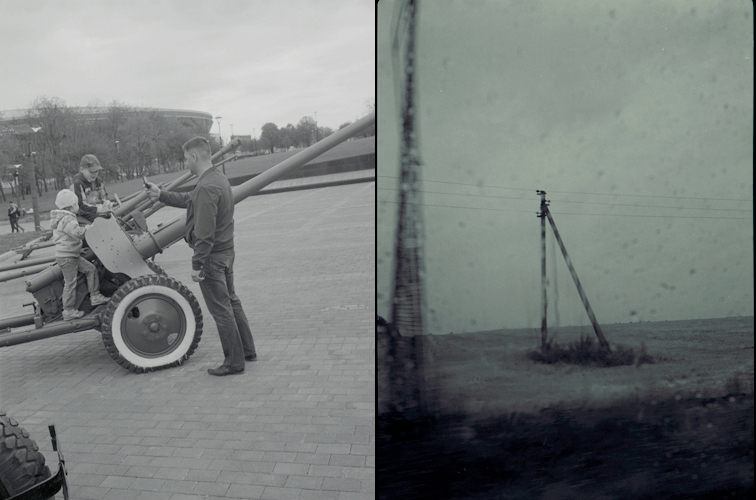
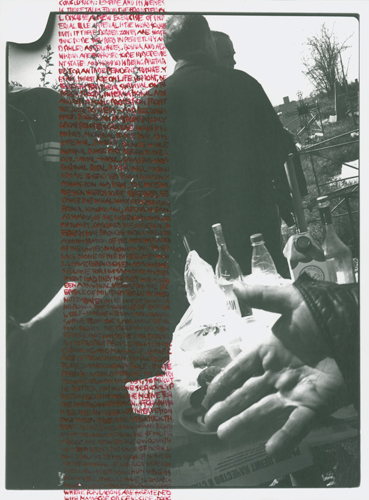
Charkiw15
–
image and diary © Wolf Böwig
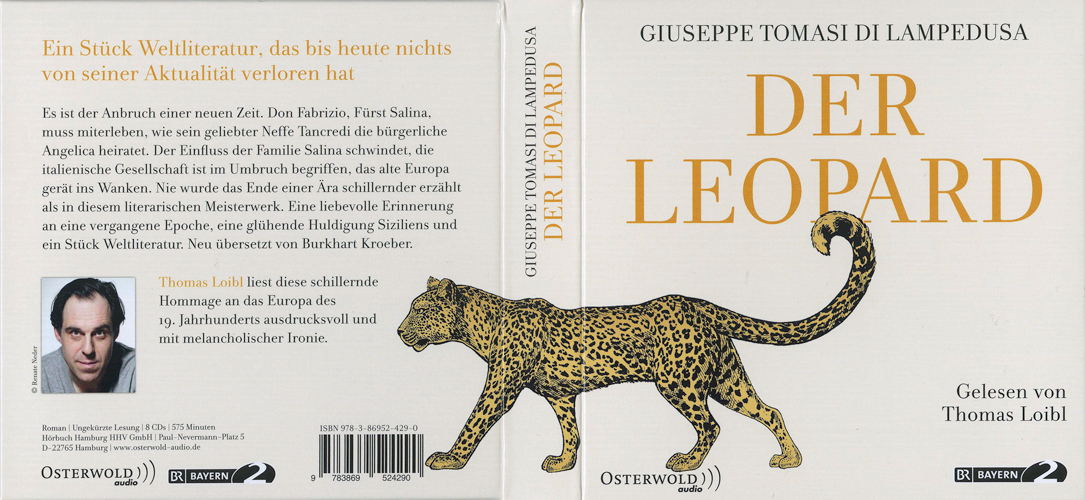
Giuseppe Tomasi di Lampedusa – Der Leopard
„
…
Sogar der arme Bendicò weckte jetzt bittere Erinnerungen, sie läutete das Glöckchen.
…
„Bring ihn raus, wirf ihn weg“
…
Als der Balg hinausgetragen wurde, blicken seine Glasaugen sie mit dem schicksalsergebenen Vorwurf der ausrangierten Dinge an, die man endgültig loswerden will. Wenige Minuten später wurde das, was von Bendicò übrig geblieben war, in eine Ecke des Hofes geworfen, an der allmorgendlich der Müllmann vorbeikam.
Während es aus dem Fenster flog, nahm es für einen Augenblick wieder Gestalt an. Es schien als tanzte ein Vierbeiner mit langen Schnauzhaaren und wie zum Flug erhobenen, rechtem Vorderbein durch die Luft. Dann fand alles Frieden in einem Häuflein fahlen Staubes.
„
Der Leopard
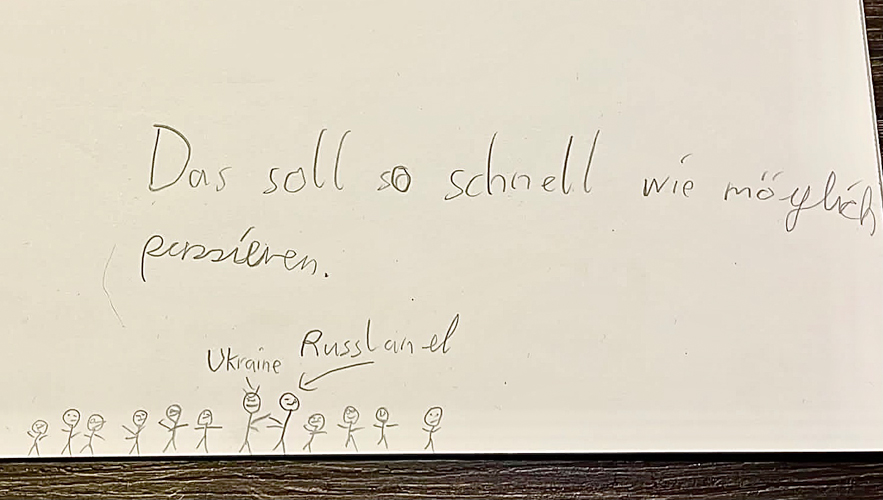
P. (8 Jahre)
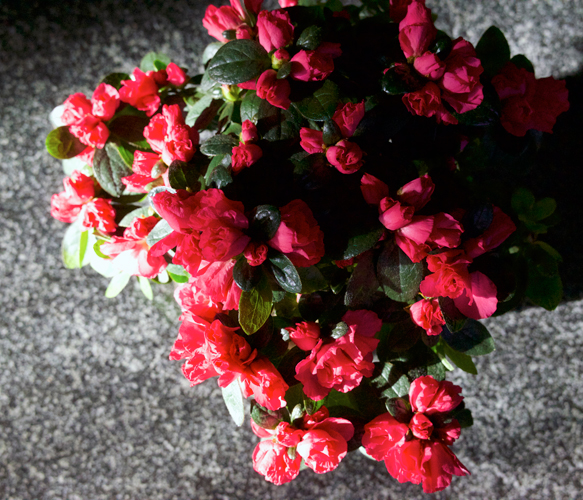
february 27th
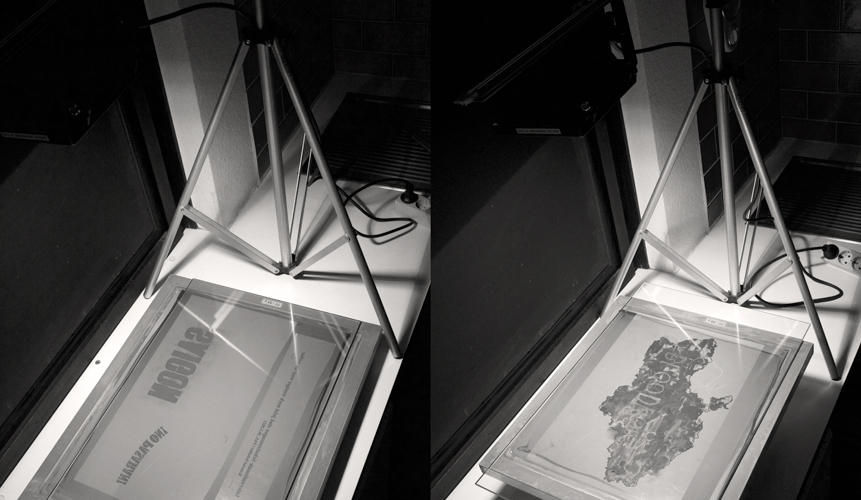
february 26th
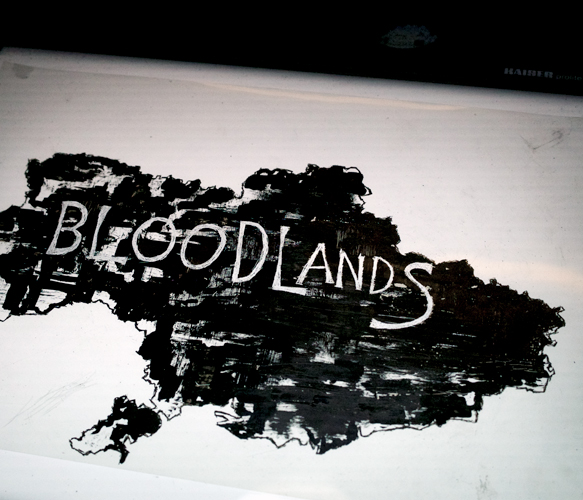
february 23rd
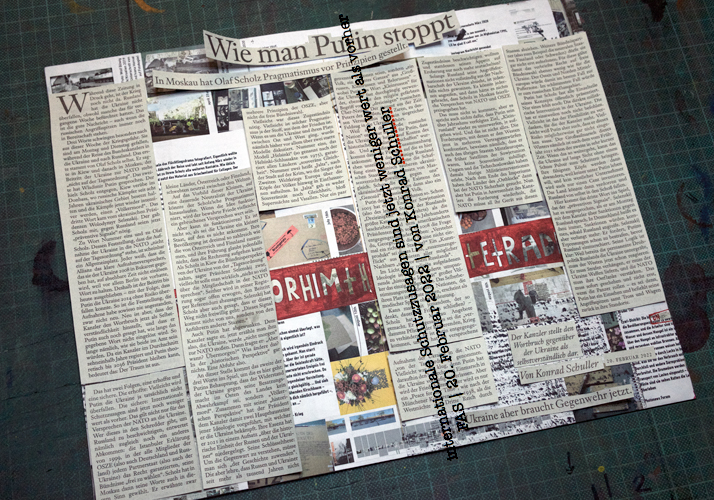
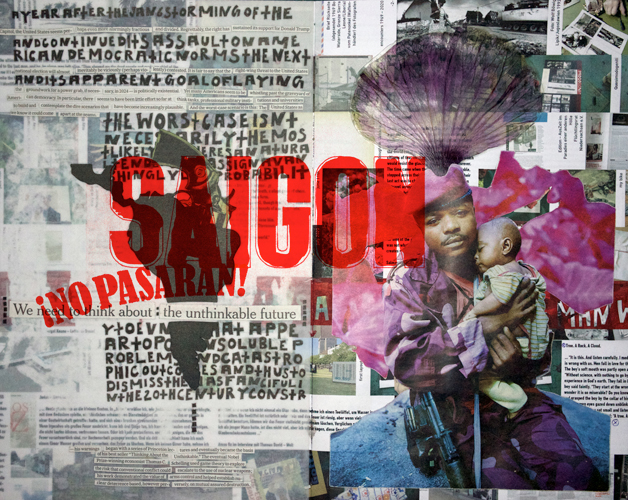
layout screenprinting – february 22nd
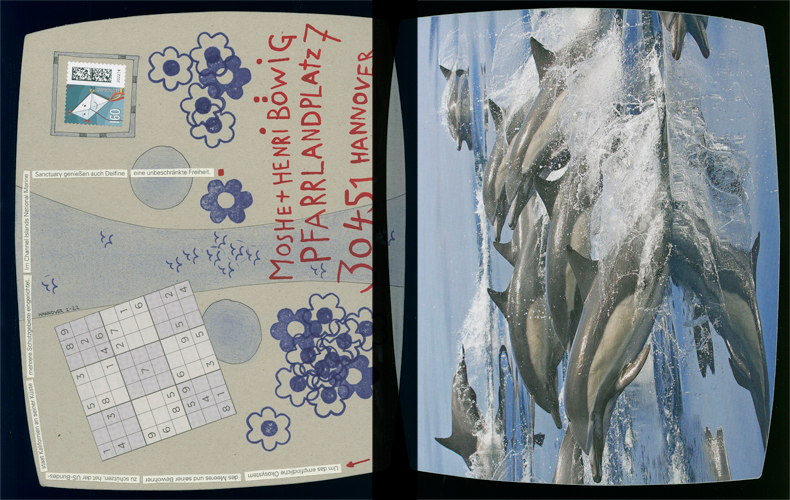
Um das empfindliche Ökosystem des Meeres und seiner Bewohner zu schützen, hat der US-Bundesstaat Kalifornienan seiner Küste mehrere Schutzgebiete eingerichtet. Im Chanel Islands National Marine Sanctuary genießen auch Delfine unbeschränkte Freiheit – february 21st
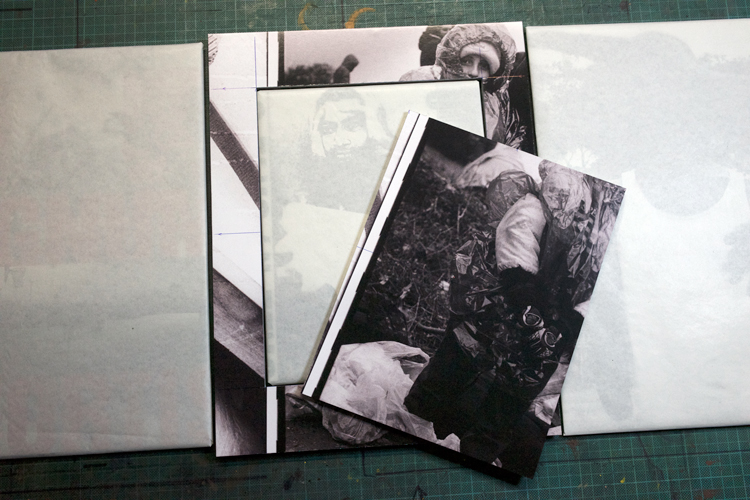
Bohai
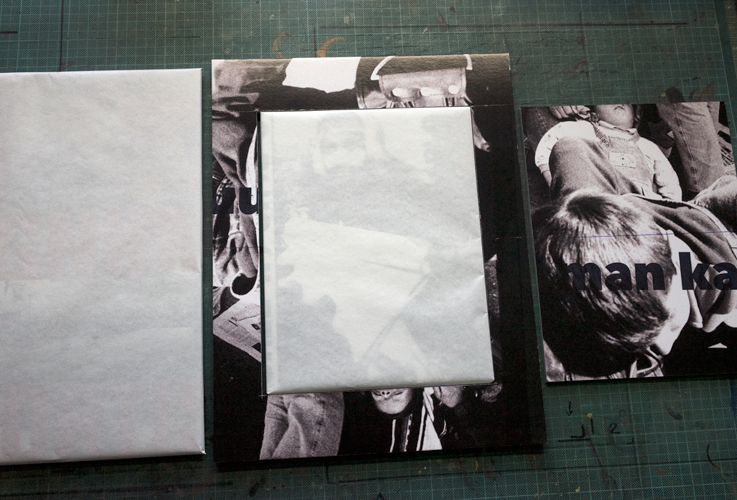
Joshua
more …
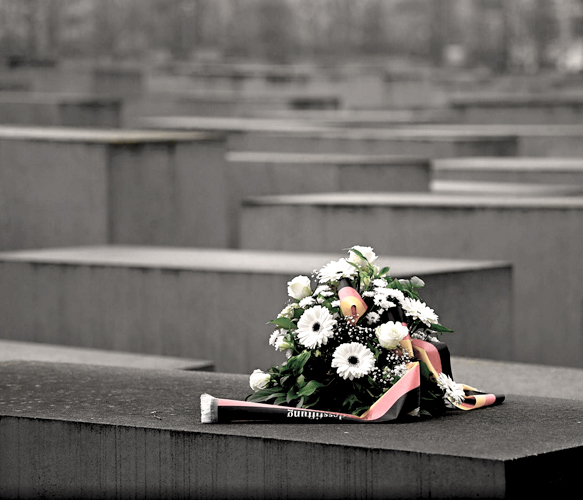
Inge Auerbacher zum Tag des Gedenkens an die Opfer des Nationalsozialismus
„
…
Soviel ich weiß, bin ich das einzige Kind, das unter allen Deportierten aus Stuttgart zuückkehrte
20 Personen von unserer Familie sind von den Nazis ermordet worden
3 Jahre KZ Theresienstadt
4 Jahre im Bett wegen der schweren gesundheitlichen Folgen
8 Jahre Schulverlust
4 Jahre Stigmatisierung, den Judenstern zu tragen
Stigma wegen der bösen Krankheit, die Partner daran hinderte, mich zu heiraten.
Ich durfte nie ein Brautkleid tragen.
Ich werde nie Mama oder Oma werden.
Aber ich bin glücklich und die Kinder der Welt sind meine.
Ich schließe mit meinem Herzenswunsch: Menschenhass ist etwas Schreckliches. Wir sind alle als Brüder und Schwestern geboren. Mein innigster Wunsch ist die Versöhnung aller Menschen. Entzünde heute eine Kerze zur Erinnerung an die ermordeten unschuldigen Kinder, Frauen und Männer.
Entzünde eine Kerze für das Leben und halte die Dunkelheit zurück.
Sei Hüter deiner Schwestern und Brüder, dann wird dein Glück immer blühen.
Wir sind alle als Kinder Gottes geboren.
Für Einigkeit und Frieden öffnen sich die Tore.
Die Vergangenheit darf nie vergessen werden.
Zusammen wollen wir beten für Einigkeit auf Erden.
Lasst uns gemeinsam einen neuen Morgen sehen.
Dieser Traum soll nie verlorengehen.
Vielen Dank.
“
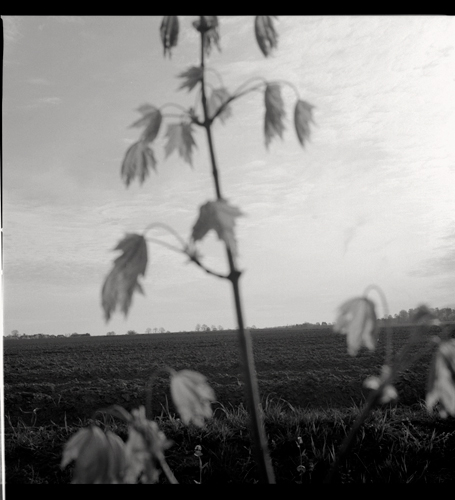
Wolf Reiser – Dramatische Verrottung
“
– Ein offener Abschiedsbrief an den Vorstand des Deutschen Journalistenverbands und dessen Gefolge –
…
Ende 2015 fanden Sie mit dem DJV eine Organisation vor, die lange schon zur schlüsselfertigen Manövriermasse des Kanzleramts degeneriert war. Nachdem staatlicher Agitprop zur Medienräson geworden war, konnten Sie es sich so ungefragt wie gefahrlos leisten, Ihre persönlichen Neigungen und Ansichten als Position des DJV auszugeben.
…
„
Dramatische Verrottung
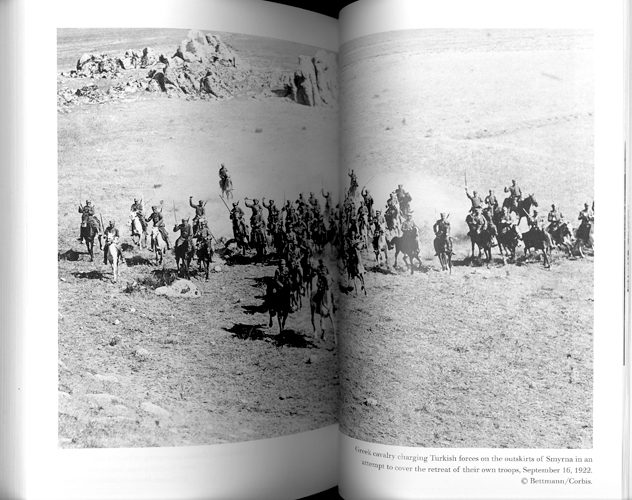
Homero Aridjis – Smyrna in Flames
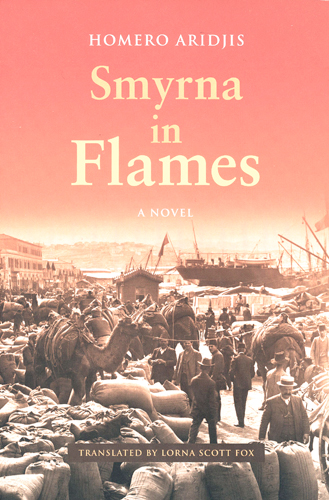
„
…
„What a courageous feat … a dead child.“
„Kemal pays the bandit followers in kind“
„If a girl puts up the fight, they die. If they dont, the outcome is the same.“
…
“ … : the other day a Danish man whose wife and daughter were raped actually thanked the Turks for their consideration in penetrating the daughter from the rear, respecting her virginity.“
„Vultures, they tore this child apart. Whoever hates woman also hates her genesis.“
„See those horses over there with broken legs.“ The doctor pointed at the dead beasts, their heads impaled on stakes in the grass … „They died in terror, as did the riders lying beside them.“
…
„Dont look for tears in a dead man’s eye, as they say in Asia Minor“
…
„
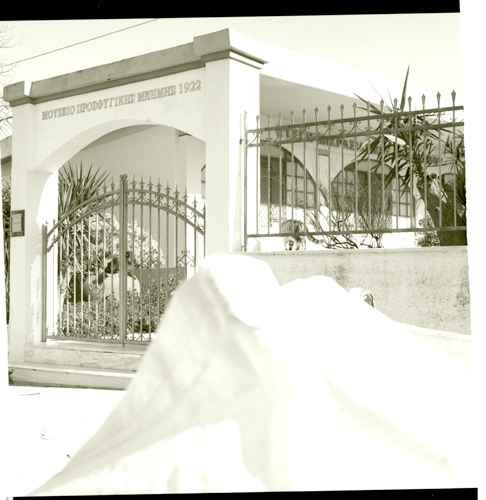
Museum | Memorial of the Refugees from 1922
Skala Loutron – Lesbos 2|2020
„
…
The same unknown hand had blotted the Cavafy poem on the wall with blood:
that we’ve driven them out of their temples,
doesn’t mean at all that the gods are dead.
O land of Ionia, they’re still in love with you,
their souls still keep your memory.
When an August dawn wakes over you,
your atmosphere is potent with their life,
and sometimes a young ethereal figure
indistinct, in rapid flight,
wings across your hills.
…
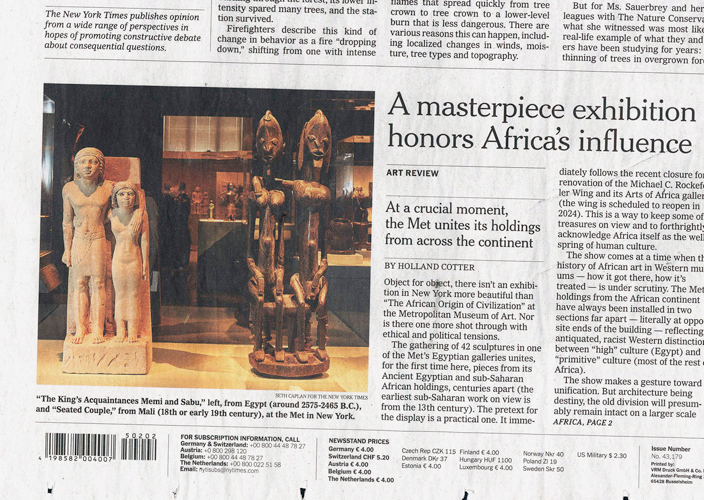
MET – The african origin of civilization
„
…
And it will be important to emphasize the degree to which much of the art of sub-Saharan Africa in the collection is inherently, and often fortrightly, about ethics, about the workings of social justice; about right living, personally, socially and spiritually; about the quest of balance in the natural world, all evident in the power figure’s prosecutorial vigor, in Gwandansu’s mountainous calm and in the sun-pointing, heaven-seeking horns of the antelope-shaped harvest mask from Mali.
…
New points of light across cultures – NYT, january 14th
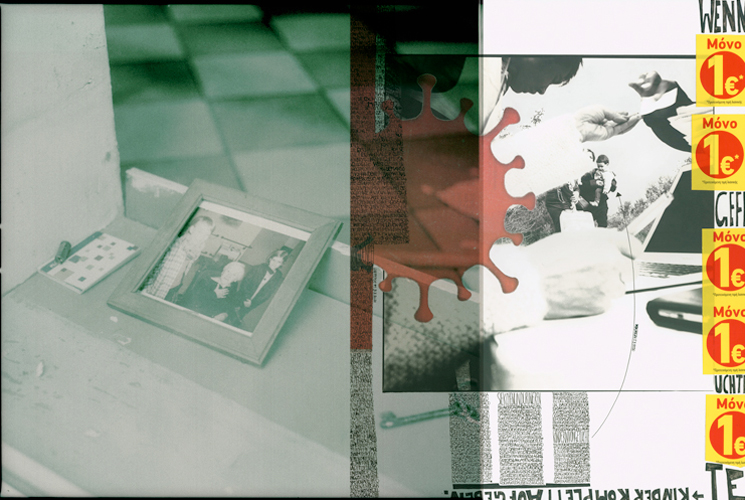
Habbo Knoch – Die neue Unfähigkeit zu trauern
„
…
Die Fähigkeit zu trauern hätte uns anders durch die Pandemie führen können. Ohne die Verdrängung der Toten hätten wir einen anderen Diskurs darüber führen können, was uns als Gesellschaft wichtig ist. Warum haben wir uns nicht früh zum Ziel gesetzt, eine Null-Toleranz-Politik mit Blick auf die Toten zu verfolgen? Sprachen dagegen nur pragmatische Gründe und solche der Zurechenbarkeit? Nein: Die Herausforderung war zu groß. Die Coronatoten erinnern uns an die relativ guten Umstände, mit denen wir es letztlich doch in der breiten Mehrheit bislang durch die Pandemie geschafft haben. Über die Trauer um die Toten zu einem kritischen Blick auf uns selbst zu gelangen, ist vielleicht zu früh, vielleicht zu viel verlangt. Aber wir sollten damit nicht warten, bis uns von den Coronakindern unsere Unfähigkeit zu trauern vorgeworfen und deren Aufarbeitung eingefordert wird. Mit einer solchen Konstellation hat dieses Land zwar leider viel Erfahrungen machen müssen, aber eben nicht nur gute.
„
Die neue Unfähigkeit zu trauern
RIP: Mustafa
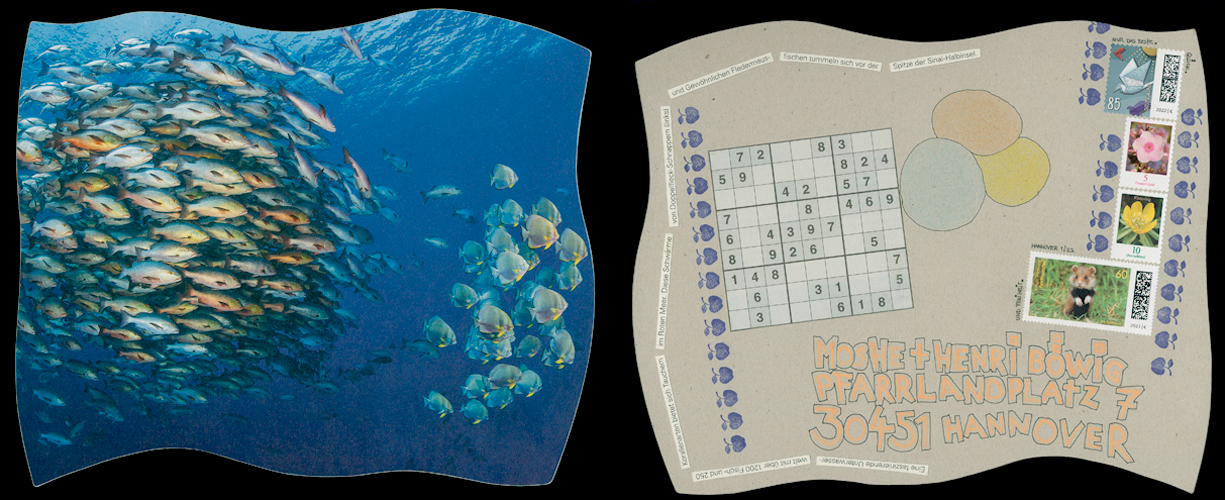
Eine faszinierende Unterwasserwelt mit über 1200 Fisch- und 250 Korallenarten bietet sich Tauchern im Roten Meer. Diese Schwärme von Doppelfleck-Schnappern und Gewöhnlichen Fledermausfischen tummeln sich vor der Spitze der Sinai Halbinsel – january 30th
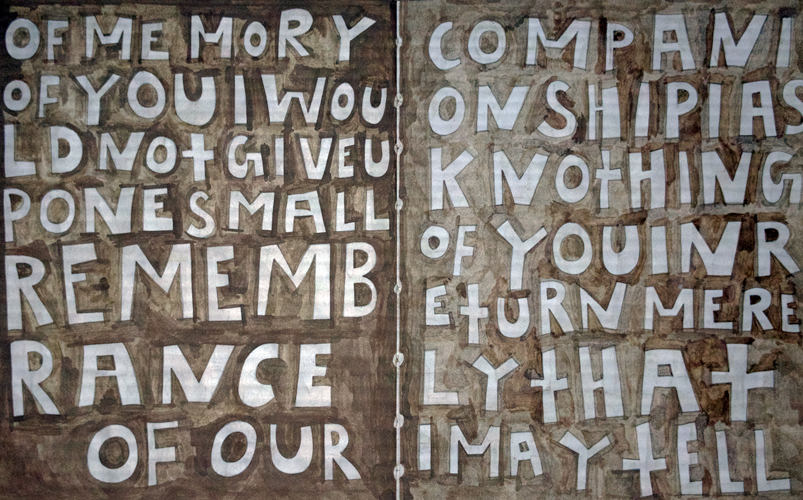
diary – january 29th
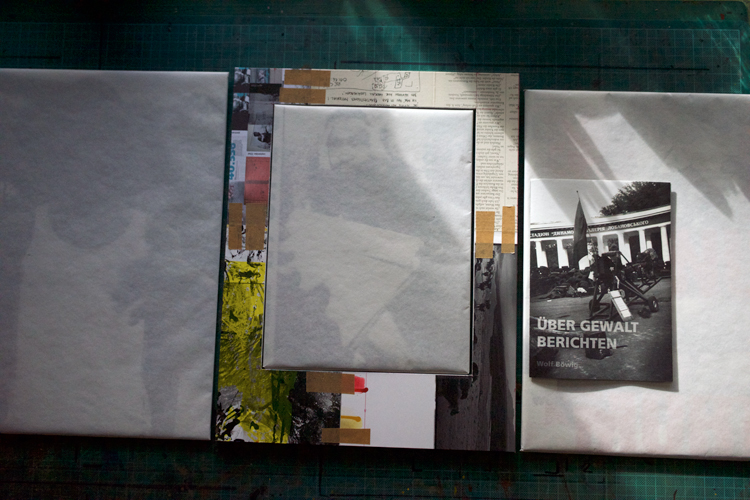
january 27th
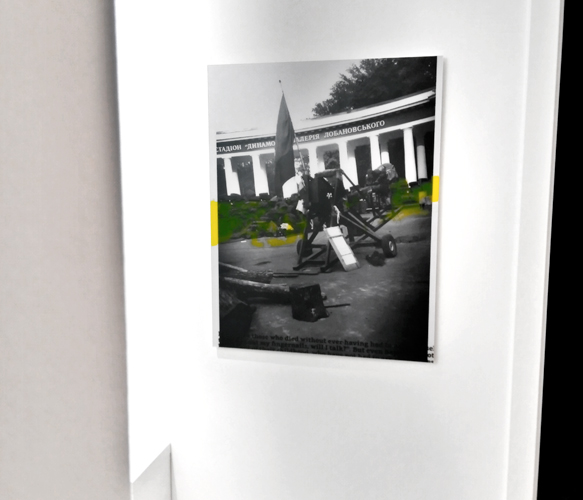
collection M&P – january 25th
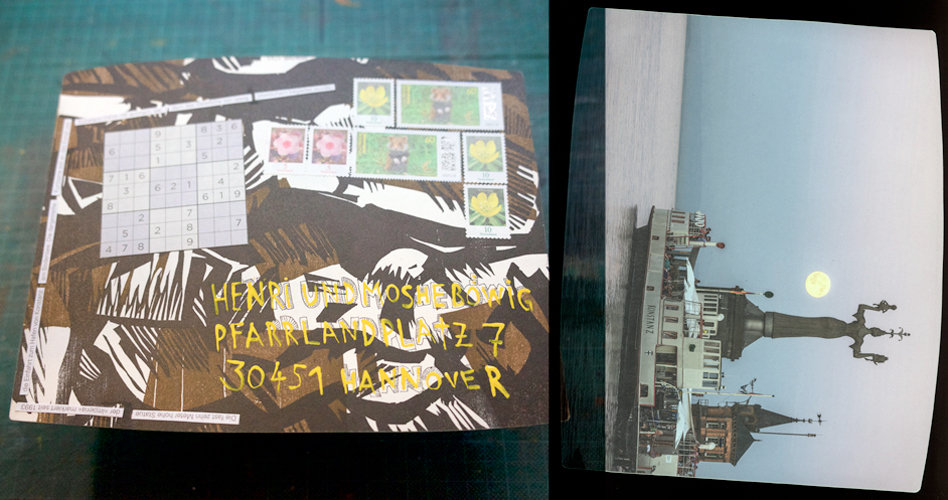
Die fast zehn Meter hohe Statue der „Imperia“ markiert seit 1993 die Einfahrt zum Hafen von Konstanz am Bodensee. Die dargestellt Kurtisane soll an das Konzil von Konstanz (1414-18) erinnern, bei dem das Geistige von üppig Weltlichem begleitet wurde
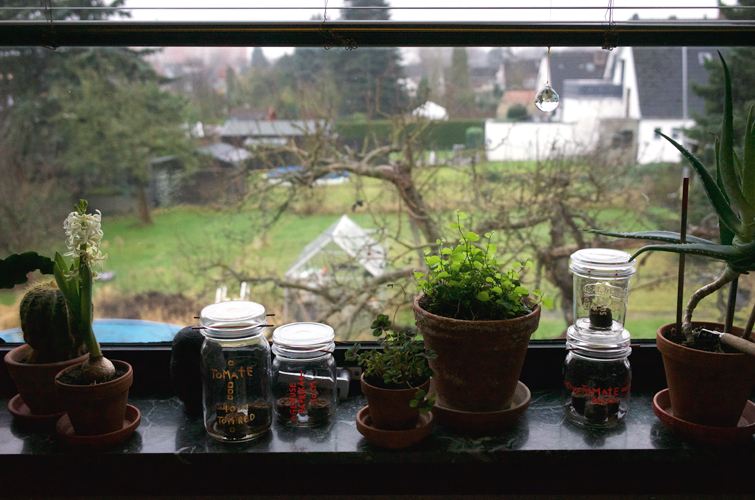
sweet pepper, tomato, pepperoni | first seeds – january 23rd
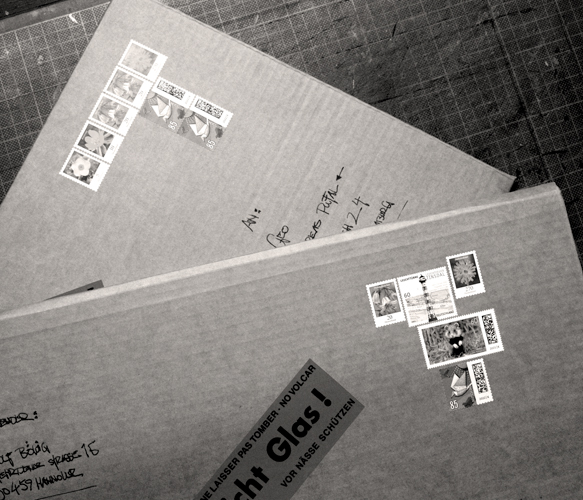
january 19th
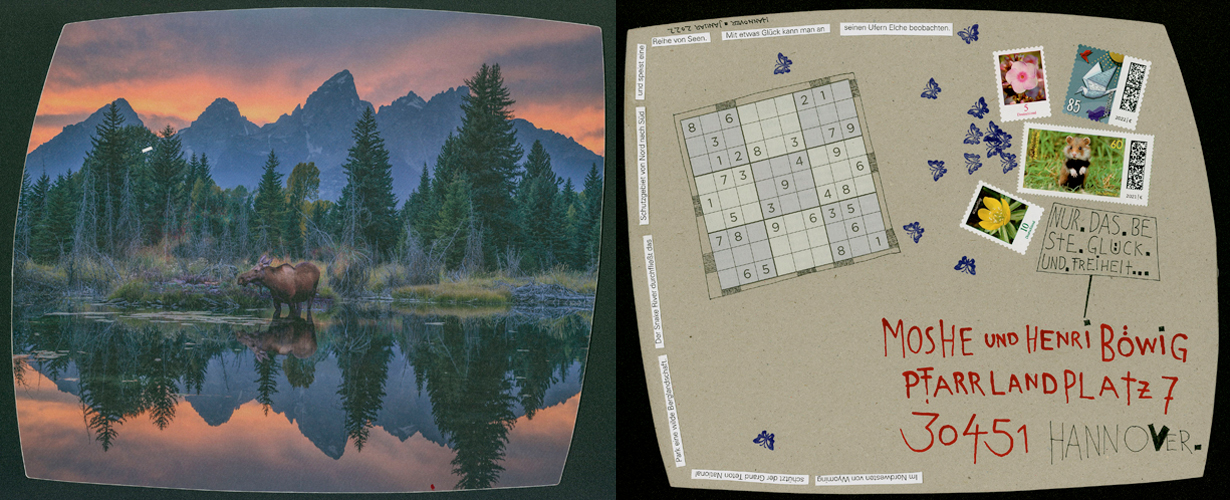
Im Nordwesten von Wyoming schützt der Grand Teton National Park eine wilde Berglandschaft. Der Snake River durchfließt das Schutzgebiet von Nord nach Süd und speist eine Reihe von Seen. Mit etwas Glück kann man an seinen Ufern Elche beobachten – january 18th
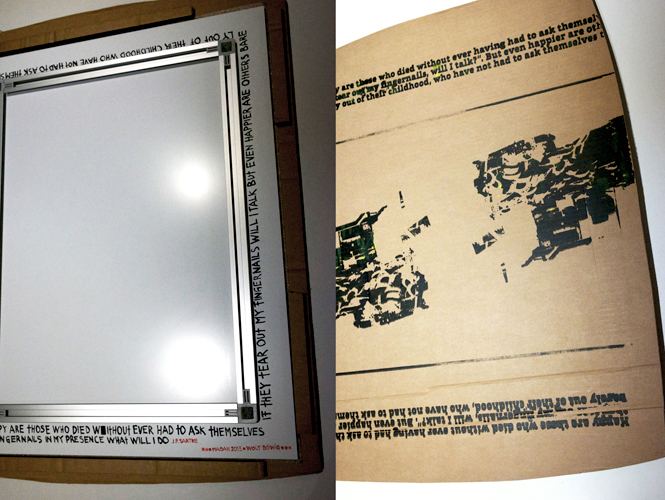
january 16th
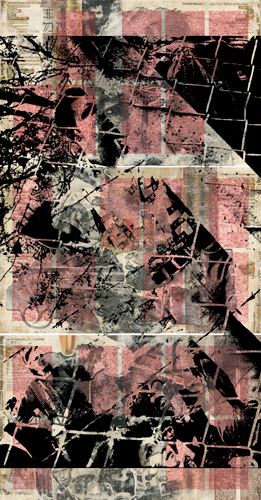
screenprint over Triptychon | ca.60x120cm – first layout
more …
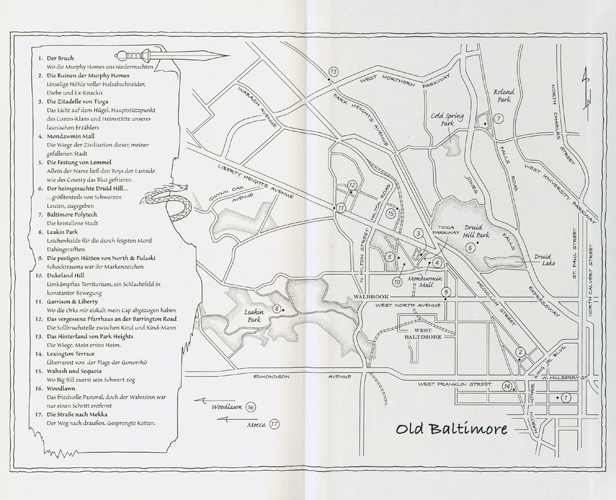
Ta-Nehisi Coates – The beautiful struggle
„
…
Irgendwann, meist so in der dritten Klasse, fiel der Groschen: Auf die Fäuste kam es an. Wer zuschlagen konnte ersparte sich eine Menge Bullshit. Dabei war es unwichtig, ob der Kinnhaken danebenging oder der Schwitzkasten kaum mehr war als eine feste Umarmung. Das man sich stellte statt sich zu verpissen, ließ die Banditen wissen, daß man kein Opfer war, dem man das Mittagessen abzocken konnte.
…
Wenige Wochen später liefen wir unweit der Lemmel über ein Feld, eine Abkürzung zur Haltestelle der Linie M-1 – er wollte nach Hause, ich zu meiner Großmutter. Und dann kamen die Motherfucker, uns zahlenmäßig weit überlegen, liefen über das Feld westlich der Dukeland und südlich der Liberty Hights.
…
9.
10. Dukeland Hill: Umkämpftes Territorium, ein Schlachtfeld in konstanter Bewegung
11.
…
“
The beautiful struggle
